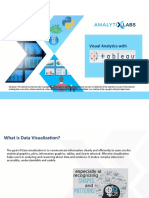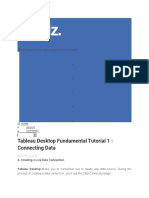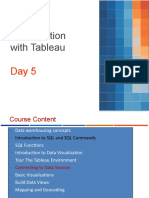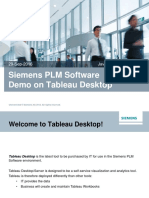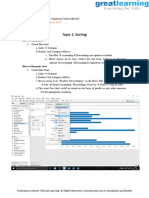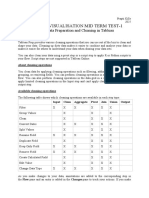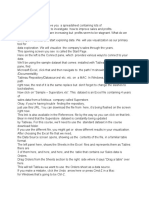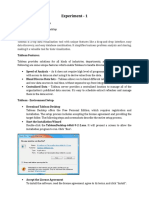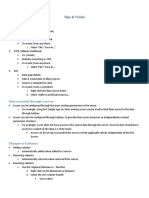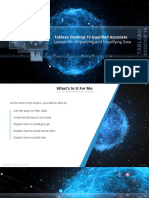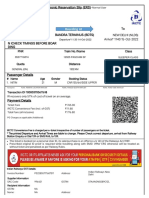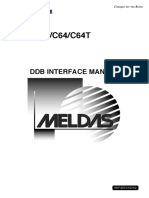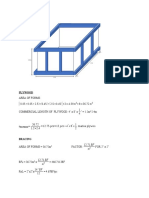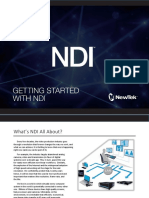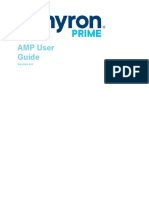0% found this document useful (0 votes)
19 views7 pagesKishan
The document provides a comprehensive guide on using Informatica PowerCenter and Tableau for data integration and visualization. It details steps for connecting to repositories, defining sources and targets, creating mappings, and building workflows in Informatica, as well as instructions for opening Tableau, connecting data, building charts, and exporting results. Best practices for both tools are also highlighted to enhance user efficiency and data management.
Uploaded by
Nitin NitinCopyright
© © All Rights Reserved
We take content rights seriously. If you suspect this is your content, claim it here.
Available Formats
Download as PDF, TXT or read online on Scribd
0% found this document useful (0 votes)
19 views7 pagesKishan
The document provides a comprehensive guide on using Informatica PowerCenter and Tableau for data integration and visualization. It details steps for connecting to repositories, defining sources and targets, creating mappings, and building workflows in Informatica, as well as instructions for opening Tableau, connecting data, building charts, and exporting results. Best practices for both tools are also highlighted to enhance user efficiency and data management.
Uploaded by
Nitin NitinCopyright
© © All Rights Reserved
We take content rights seriously. If you suspect this is your content, claim it here.
Available Formats
Download as PDF, TXT or read online on Scribd
/ 7






